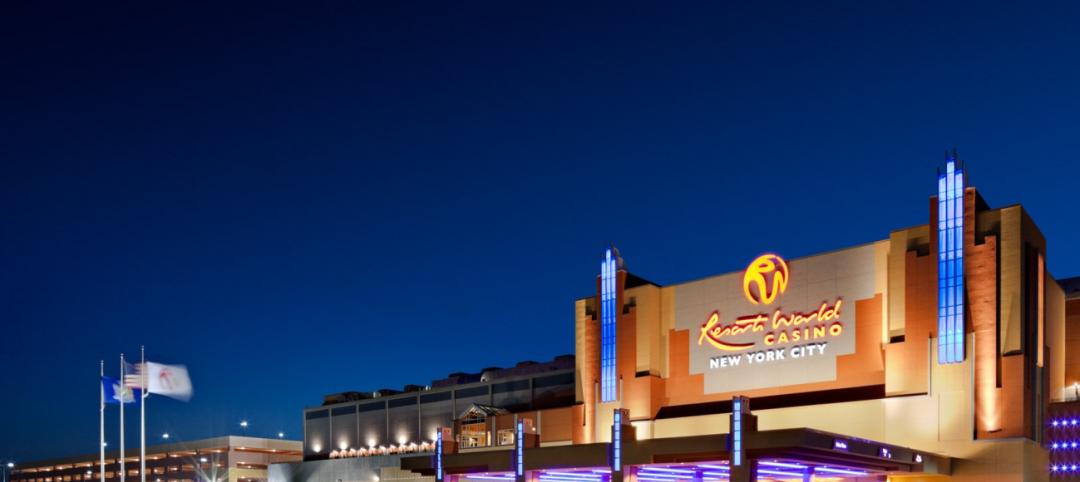With 528 buildings totaling 112.5 million sf, Los Angeles topped the EPA's ranking of the U.S. metropolitan areas with the most Energy Star certified buildings in 2012. Rounding out the top five are Washington, D.C. (462 buildings); Chicago (353); New York (325); and Atlanta (304).
In 2012, more than 20,000 Energy Star certified buildings across America helped save more than $2.7 billion in annual utility bills. The cumulative number of Energy Star certified buildings has increased by more than 24 percent compared to last year, representing more than 3 billion square feet of floorspace nationwide. In 2012 alone, more than 8,200 buildings earned EPA’s Energy Star certification.
Phoenix broke into the top 10 for the first time, with 202 buildings. Boston, a newcomer to the list last year, held on to 10th place, with 11th place Philadelphia not far behind. Seventh-place Houston, with 241 buildings, is home to one in particular that stands out: Phoenix Tower, a 34-story office building, has earned EPA’s Energy Star 14 times—more than any other building in America.
Here are the top 25:
1. Los Angeles - 528 buildings
2. Washington, D.C. - 462
3. Chicago - 353
4. New York - 325
5. Atlanta - 304
6. San Francisco - 291
7. Houston - 241
8. Dallas-Fort Worth - 214
9. Phoenix - 202
10. Boston - 188
11. Philadelphia - 174
12. Denver - 161
13. Cincinnati - 137
14. Charlotte - 133
14. Minneapolis-St.Paul - 133
15. San Diego - 123
16. San Jose - 114
17. Seattle - 108
18. Miami - 104
19. Detroit - 100
20. Sacramento - 97
21. Indianapolis - 91
22. Albuquerque, N.M. - 89
23. Kansas City, Mo. - 82
23. Portland, Ore. - 82
24. Riverside, Calif. - 69
25. Virginia Beach, Va. - 67
Download a PDF of the full list.
Related Stories
| Apr 6, 2012
Batson-Cook breaks ground on hotel adjacent to Infantry Museum & Fort Benning
The four-story, 65,000-ft property will feature 102 hotel rooms, including 14 studio suites.
| Apr 6, 2012
Perkins Eastman unveils Qatar mixed-use sports complex
Home stadium for Lekhwiya Club a vibrant addition to Doha’s architectural identity.
| Apr 5, 2012
5 tips for a successful door and window retrofit
An exclusive tip sheet to help the Building Team manage door and window retrofits successfully.
| Apr 4, 2012
Educational facilities see long-term benefits of fiber cement cladding
Illumination panels made for a trouble-free, quick installation at a cost-effective price.
| Apr 4, 2012
HDS designs Mount Auburn Hospital’s new healthcare center in Waltham, Mass.
HDS Architecture provided design services for all the Mount Auburn Healthcare suites including coordination of HVAC and FP engineering.
| Apr 4, 2012
Bald joins the Harmon glazing team
Bald has 13 years of experience in the glazing industry, coming to Harmon from Trainor where he was the regional manager of the Mid-Atlantic region.
| Apr 4, 2012
JCJ Architecture designs New York City's first casino
Aqueduct Racetrack complex transformed into modern entertainment destination.
| Apr 4, 2012
San Antonio animal hospital earns LEED Platinum certification
Middleman Construction Company builds the city?s first commercial building to earn certification.
| Apr 4, 2012
Hason joins RNL’s as MENA regional director
Hason specializes in planning and urban design, hospitality, office, corporate headquarters and transportation structures, as well as, higher education and museum facilities.
| Apr 3, 2012
Product Solutions
Two new PV systems; a lighter shelf; and fire alarm/emergency communication system.
















